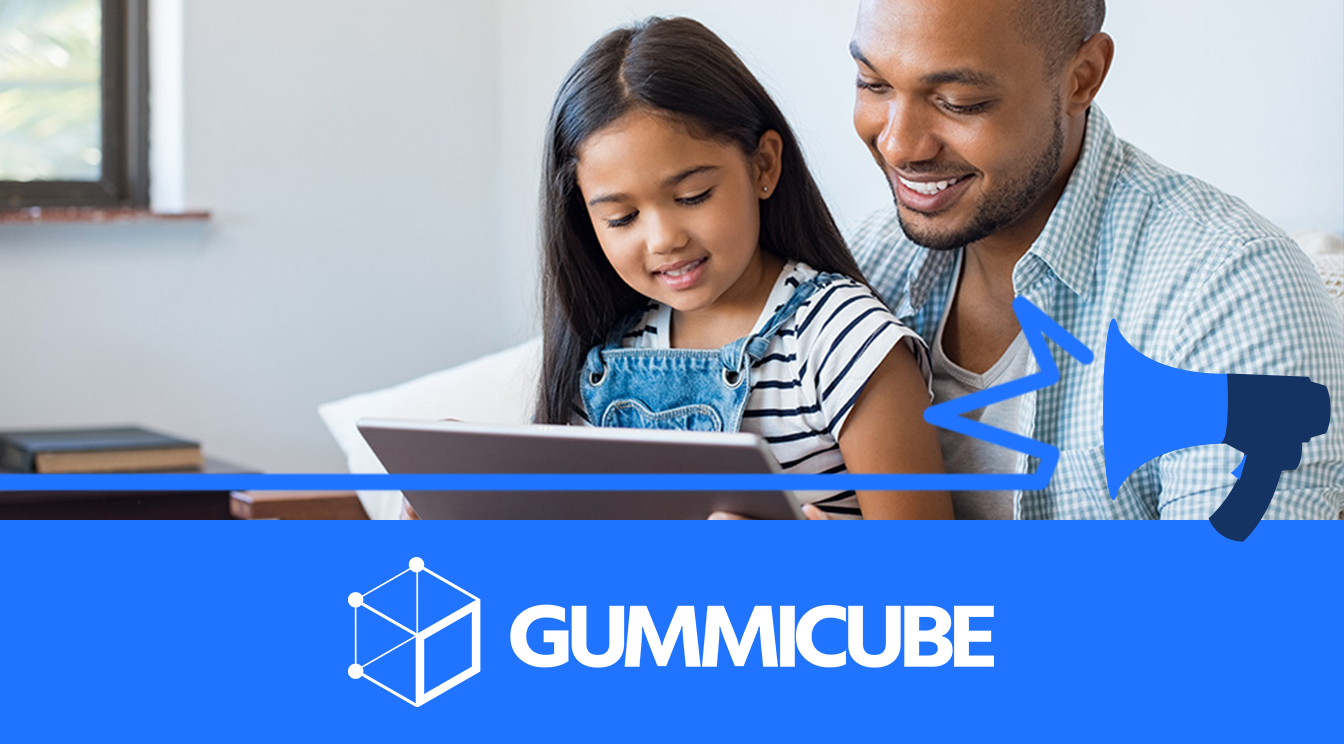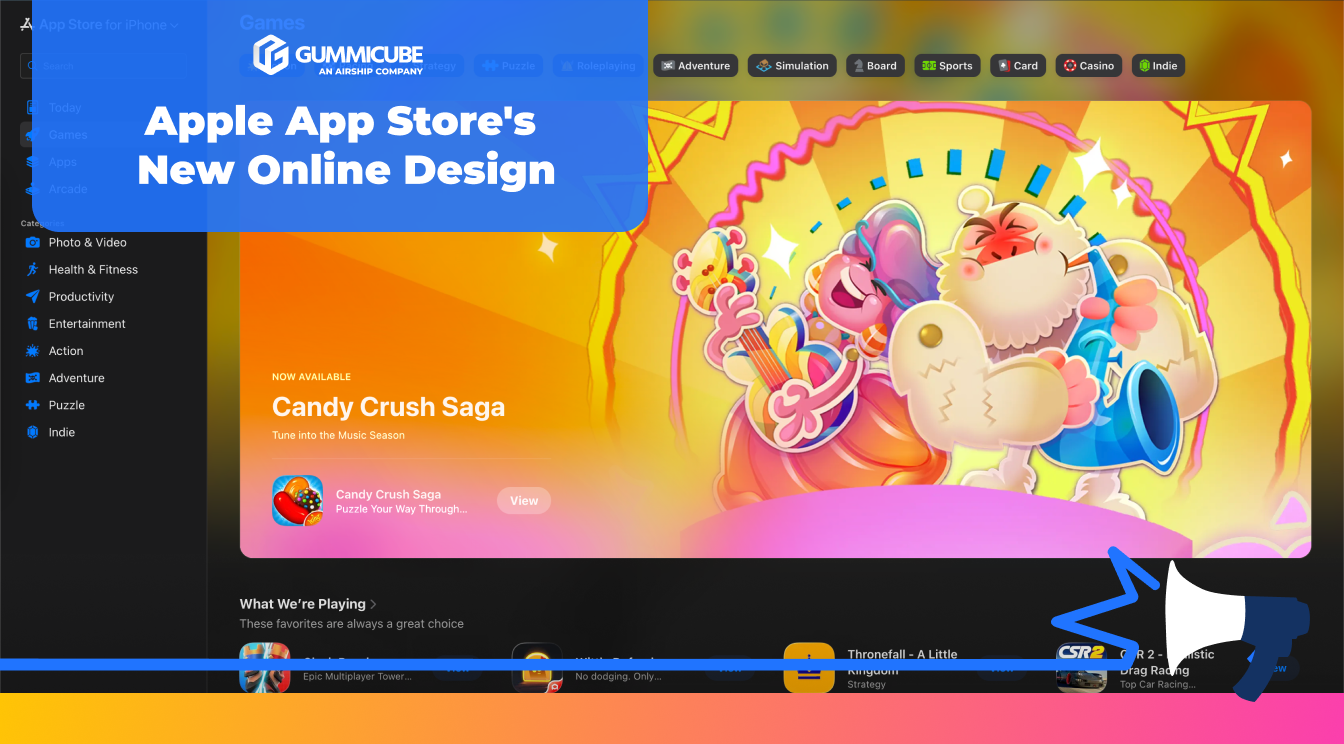
Best Google Play Store Apps in 2025
Posted on November 26th, 2025
The Google Play Best of 2025 winners highlight a diverse digital landscape. But even the most exceptional apps can struggle without a data-driven ASO.

iOS 14.5 brings with it many hurdles for developers and advertisers in the form of the new AppTrackingTransparency framework. This update involves a big policy change: apps must request permission from users to collect and share Identifiers for Advertisers (IDFA) data, which allows for unique user profiles for targeted advertising.
While this presents obstacles for the mobile advertising market as a whole, it may offer new advertising opportunities for developers of apps designed for children.
Many children born in the last decade have been datafied even before they were born, with parents sharing what could be perceived as sensitive information about their children on social media. From “gender reveal parties” and birth announcements, to videos of first steps and first words, early infancy now signifies the start of someone’s life being tracked online.
Couple this with the growing market of apps and devices made for children, and it is easy to see why some people and organizations are taking up the fight to protect the privacy of arguably the most vulnerable demographic.
There are already measures in place that aim to defend children from being tracked online. One of which - the Children’s Online Privacy Protection Act (COPPA) that was enacted by Congress in the United States in 1998 - serves to place parents or guardians in control of what data is collected from children under the age of 13. To be in compliance with COPPA, many advertisers have to use mixed audience solutions for advertising within child-directed websites and apps.
This solution restricts data collection on users under the age of consent, while still compiling data on the parents that enable children to use such services. This makes attribution quite difficult in child-directed services, making targeted advertising virtually impossible in some cases.
Apple’s iOS 14.5 brought with it new guidelines for how apps may collect and use personal data. AppTrackingTransparency reflects the sentiment of Apple’s late chairman, co-founder and CEO Steve Jobs. Jobs expressed in 2010:
Privacy means people know what they’re signing up for, in plain language, and repeatedly. […] I believe people are smart. Some people want to share more than other people do. Ask them.
AppTrackingTransparency does just that; it puts the power of consent in the user’s hands by offering them the option to explicitly allow or deny companies the ability to track them online.

Apple’s example of the AppTrackingTransparency notification in action from their developer documentation.
Much to the surprise of those who speculated that there would be extremely low opt-in rates among users presented with this option, a recent study from AppsFlyer suggests that nearly 40% of users may choose to share their data with developers and advertisers, though the true numbers have yet to be seen as iOS 14.5 rolls out, and even then will vary from app to app.
Organizations involved in mobile advertising and application development need as much data as they can get for the maximum ad effectiveness. Outside of direct opt-ins, Apple also provides an important measurement solution with SKAdNetwork, a proprietary data analysis framework that provides advertising performance data at the campaign level. SKAdNetwork may also be a boon for optimizing the profitability of apps and services primarily directed towards children.
SKAdNetwork is an example of last-click attribution, in that a click or view of an ad that leads to download and installation spurs Apple to send a postback to the ad network. In this way, SKAdNetwork validates conversions without needing to collect personal information. This expands the availability of accurate attribution to developers of child-directed apps who historically could not use attribution methods available for other apps in order to remain compliant with laws governing children’s privacy.
There are, however, compliant advertising methods that respect user privacy while still employing IDFAs. AppTrackingTransparency could negatively impact the ability to use these methods, with the most notable example of such a technique being contextual advertising.
Contextual advertising is an advertising method that targets demographics instead of individual users. Contextual advertising does not build a profile for users, including children, nor does it follow users across websites and apps. It does collect IDFAs, but uses them primarily for frequency capping, which limits the number of times a user sees a particular ad.
Instead of relying on personal data and user behavior, contextual advertising relies on keywords and content to generate relevant ads. This makes keywords and the process of App Store Optimization doubly important, with speculation that the evolution of attribution will seemingly evolve in a way where the reliance on IDFAs will need to fade in the coming years. Contextual advertising primarily relies on three measurables to create relevant ads: app metadata, app level engagement, and in-app content.
Using app metadata targets what the app’s primary focus is. If, for example, a user is browsing an app that allows them to purchase pet products, this method will populate the app with ads that target pet owners. No sensitive information is collected through this process at all, as the necessary data is available from the app itself.
App level engagement goes a bit further by collecting information such as session duration and ad engagement. While this process does rely on information provided by a user’s actions on the page, it does not require some of the more private data such as name, age, and location.
Finally, in-app content incorporates app metadata and actual page content to generate ads. While this process is still in its infancy, it functions similar to web-based advertising by targeting ads for what the user is currently browsing. This process relies heavily on keywords in conjunction with app metadata.
Apple’s iOS 14.5 heralds big changes in the mobile marketing landscape. While reception has been polarizing, it is irrefutable that this is just the beginning of the digital privacy revolution.
While some developers and advertisers fear loss of revenue as they scramble to adapt to new rules and tactics, evidence points to relatively stable accuracy of performance data.
With the enforcement of the AppTrackingTransparency framework, the privacy playing field as it relates to advertising is getting a bit more level for all types of apps. It seems the doorway to profitable child-directed apps could open for more developers who previously abstained from advertising.
Want to learn more about App Store Optimization? Contact Gummicube, and we’ll help get your strategy started.

The Google Play Best of 2025 winners highlight a diverse digital landscape. But even the most exceptional apps can struggle without a data-driven ASO.

Apple’s redesigned App Store web interface reflects a broader trend toward unified, multi-surface discovery. Read more to see how this effects app visibility.

The new guidelines for Texas App Store developers underscore the value of clear audience targeting, consent management, and age-appropriate user experiences.